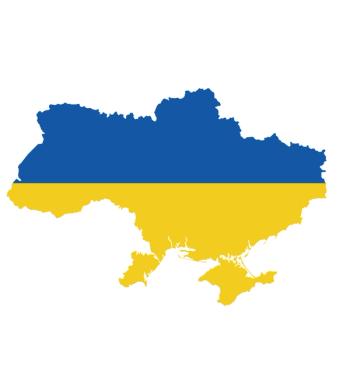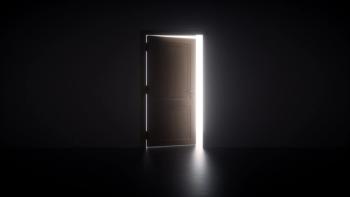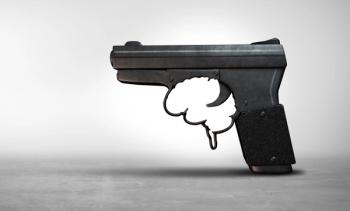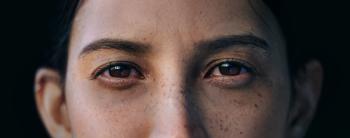
Concussion Awareness
Concussion is the most common type of traumatic brain injury. Unfortunately, many individuals that sustain a concussion are not seen in a medical setting. All health care providers should receive training in identifying the signs and symptoms of concussion in order to provide proper guidance and referral for specialized treatment.
A
About 25% of all
In 2016, a National Concussion Awareness Day was established to create an opportunity for health care providers, coaches, employers, and the public to discuss signs, symptoms, treatment approaches, and long-term consequences of concussion. Since 2016, yearly bipartisan resolutions from Congress have been adopted to recognize one day in late September as National Concussion Awareness Day to increase public education regarding the epidemic of concussion in the United States.
Definition
A conceptual definition of sport-related concussion was recently proposed by the Concussion in Sports Group and published in the 2022 Consensus Statement on Concussion in Sport.10 Sports related concussion was defined as,
“…a traumatic brain injury caused by a direct blow to the head, neck or body resulting in an impulsive force being transmitted to the brain. This initiates a neurotransmitter and metabolic cascade, with possible axonal injury, blood flow change and inflammation affecting the brain. Symptoms and signs may be present immediately, or evolve over minutes or hours, and commonly resolve within days, buy may be prolonged. No abnormality is seen on standard structural imaging studies. Sport-related concussion results in a range of clinical symptoms and signs that may or may not involve the loss of consciousness.”
The physiological processes that take place within the brain as described also occur in nonsports related concussion.
Symptoms and Red Flags
A concussion can result in multiple changes in a number of domains, including physical/somatic, cognitive, emotional, and behavioral.11 Physical or somatic complaints following can include:
Most symptoms associated with concussion resolve in a relatively short period of time (ie, 2 to 4 weeks); however, about 10% to 15% of individuals experience symptoms beyond 4 weeks. When symptoms persist beyond 4 weeks, a diagnosis of persistent postconcussive symptoms (PPCS) is offered.9
Diagnosis
Diagnosis is complicated because usual imaging techniques (ie, CT scans, MRI) do not readily detect microscopic changes in the brain, and there is considerable symptom overlap between concussion other conditions such as anxiety, depression, and
The American College of Rehabilitation Medicine (ACRM) has offered an operational definition and diagnostic criteria for mild TBI/concussion (
Given that many individuals do not immediately seek treatment after a concussion and the symptom overlap between concussion and other conditions, obtaining a thorough event history is extremely important. During the clinical interview, health care practitioners should query patients regarding any recent falls, vehicular or
Treatment
Research indicates that effective management of concussion includes early identification and treatment.17,18 After a brief, initial period of rest to lessen symptoms and reduce metabolic demands, patients should be encouraged to begin treatment. For most individuals with a concussion, treatment should be symptom-focused and include education about the injury, provide optimistic expectations about recovery and outcome, provide information about how to manage symptoms (ie, headache,
For individuals with PPCS, a multidisciplinary approach may be indicated. The core multidisciplinary team may include physician specialties (physiatry, psychiatry, neurology, etc), occupational therapy (to improve activities of daily living and monitor timing for return to work and driving), physical therapy (to managing pain, balance problems, vestibular issues), speech/language pathology (for treatment of cognitive-linguistic deficits), counseling (for mood disturbance, sleep disorders, etc), and case management to coordinate treatment.
Dr Seale is the regional director of clinical services at the Centre for Neuro Skills, which operates post-acute brain injury rehabilitation programs in California and Texas. He is licensed in Texas as a chemical dependency counselor and psychological associate with independent practice. He also holds a clinical appointment at the University of Texas Medical Branch (UTMB) in Galveston in the Department of Rehabilitation Sciences.
References
1. Menon DK, Schwab K, Wright DW, et al.
2. Coronado VC, McGuire LC, Sarmiento K, et al.
3. Leo P, McCrea M. Epidemiology.In: Laskowitz D, Grant G, eds. Translational Research in Traumatic Brain Injury. CRC Press/Taylor Francis Group; 2016.
4. Zhang AL, Sing DC, Rugg CM, et al.
5. Albrecht JS, Hirshon JM, McCunn M, et al.
6. Fuller GF.
7. Bryan MA, Rowhani-Rahbar A, Comstock RD, et al.
8. Terry DP, Iverson GL, Panenka W, et al.
9. Essential Brain Injury Guide, 5th edition. Brain Injury Association of America; 2019.
10. Patricios JS, Schneider KJ, Dvorak J, et al.
11. Junn C, Bell KR, Shenouda C et al.
12. Morgan CD, Zuckerman SL, Lee YM, et al.
13. American Congress of Rehabilitation Medicine Mild Traumatic Brain Injury Committee of the Head Injury Interdisciplinary Special Interest Group. Definition of mild traumatic brain injury. J Head Trauma Rehabil. 1993;8:86-97.
14. Shenton ME, Hamoda HM, Schneiderman JS, et al.
15. Papa L, Ramia MM, Edwards D, et al.
16. Di Battista AP, Churchill N, Schweizer TA, et al.
17. Silverberg ND, Iaccarino MA, Panenka WJ, et al.
18. LeGoff DB, Wright R, Lazarovic J, et al.
Newsletter
Receive trusted psychiatric news, expert analysis, and clinical insights — subscribe today to support your practice and your patients.













